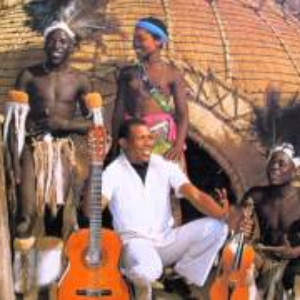
| Trackimage | Playbut | Trackname | Playbut | Trackname |
|---|---|---|---|---|
| 38004740 | Play | Awungilobolele | 03:51 Tools | |
| 38004741 | Play | Sobabamba | 00:00 Tools | |
| 38004742 | Play | Awungilobolele [Can You Pay Lobola for Me] | 00:00 Tools | |
| 38004743 | Play | Awungilobolele - Udokotela Shange Namajaha | 00:00 Tools | |
| 38004745 | Play | Sobabamba [We Will Get Them] | 00:00 Tools | |
| 38004744 | Play | Awungilobolele (Can You Pay Lobola for Me) | 00:00 Tools | |
| 38004746 | Play | Sobabamba (We Will Get Them) | 00:00 Tools | |
| 38004747 | Play | Sobabamba - Udokotela Shange Namajaha | 00:00 Tools | |
| 38004748 | Play | Awungilobolelo | 00:00 Tools | |
| 38004750 | Play | Awungilobolele (Can You Pay Lobola For Me?) | 00:00 Tools | |
| 38004749 | Play | We Will Get Them | 00:00 Tools | |
| 38004751 | Play | Can You Pay Lobola For Me | 00:00 Tools | |
| 38004752 | Play | Awungilobolele - Udokotela Sha | 00:00 Tools | |
| 38004753 | Play | Sobabambo (We Will Get Them) | 00:00 Tools | |
| 38004754 | Play | Sobabamba - Udokotela Shange N | 00:00 Tools |

-
- 20,133
- plays
-
- 5,042
- listners
-
- 20133
- top track count
60s Africa found the Zulu and Sotho beginning to incorporate the influences of African American R&B, jazz, and blues into their traditional, indigenous music. New styles such as township jazz, pennywhistle street music, Kwela, and marabi were formed. Eventually, these myriad styles coalesced to create a new hybrid pop music that came to be known as mbaqanga. Though mbaqanga employs the traditional instrumentation of Western pop (guitar, bass, drums, keyboards, and vocals), the approach to song structure and rhythmic, melodic, and harmonic phrasing is uniquely African. Recorded between 1981 and 1984, THE INDESTRUCTIBLE BEAT OF SOWETO is the first (and arguably the best) of a slew of South African pop recordings that soon followed. Characterized by insistent, rhythmically complex beats, elastic, burbling basslines, tight, ska-sounding guitar accompaniment, and thick, multi-part vocals, this music is as intriguing as it is appealing. Groups with such names as Udokotela Shange Namajaha and Amaswazi Emvelo serve up bright, infectious melodies and percussively insistent tracks that are clearly intended for dancing. Though this "pop" may at first seem strange to Western ears, repeated listens reveal its true nature: rich, individual, joyous, and simply wonderful music. Read more on Last.fm. User-contributed text is available under the Creative Commons By-SA License; additional terms may apply.